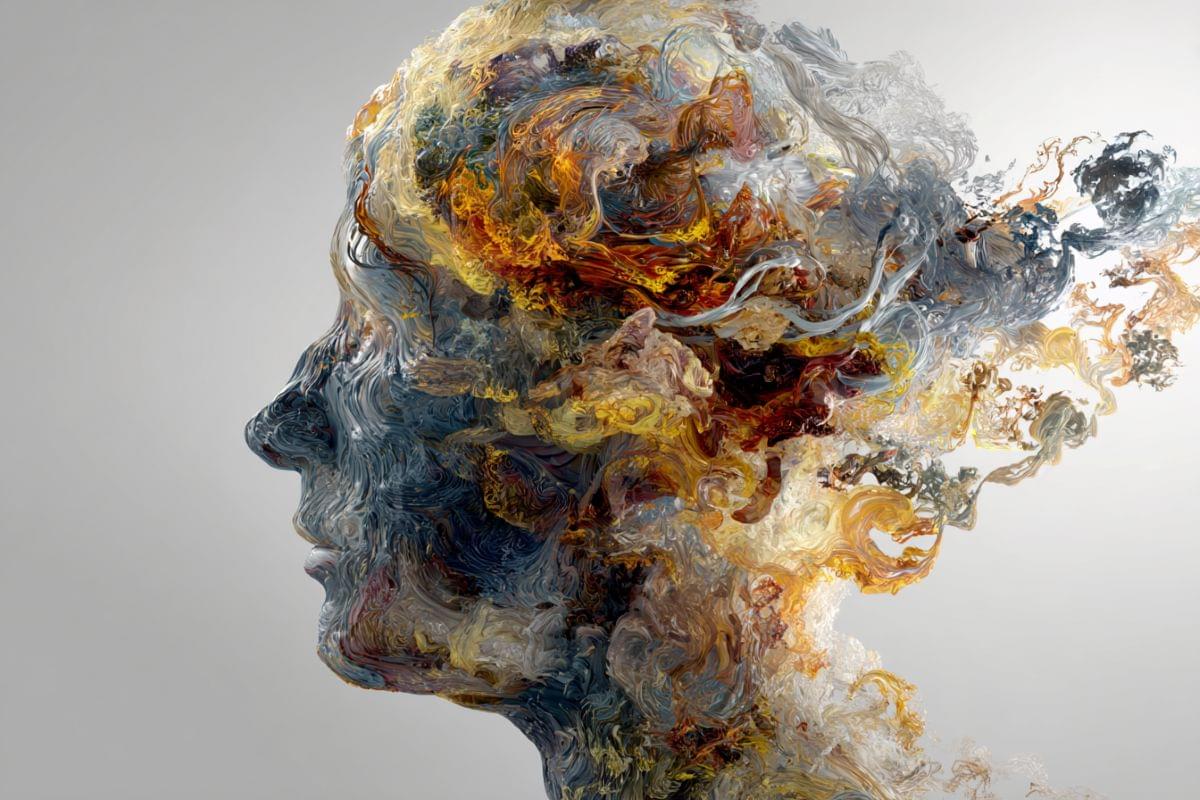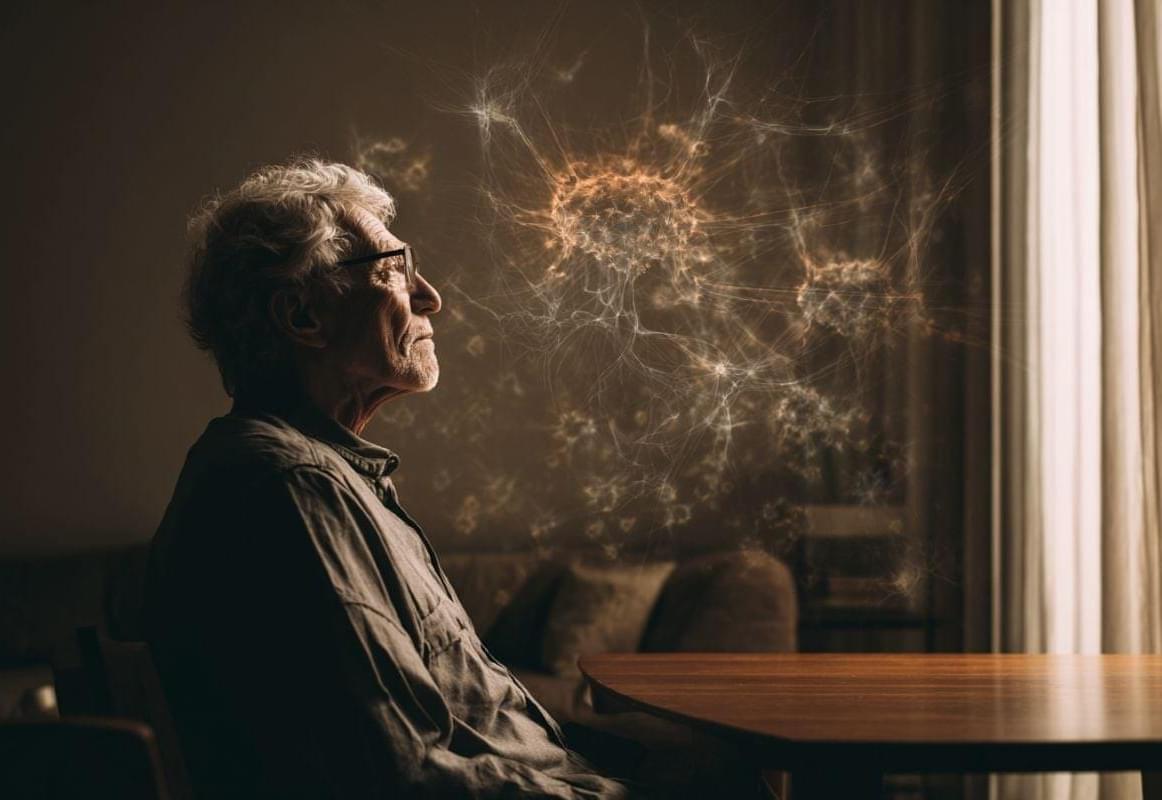A new study published in Applied Psychology provides evidence that the belief in free will may carry unintended negative consequences for how individuals view gay men. The findings suggest that while believing in free will often promotes moral responsibility, it is also associated with less favorable attitudes toward gay men and preferential treatment for heterosexual men. This effect appears to be driven by the perception that sexual orientation is a personal choice.
Psychological research has historically investigated the concept of free will as a positive force in social behavior. Scholars have frequently observed that when people believe they have control over their actions, they tend to act more responsibly and helpfully. The general assumption has been that a sense of agency leads to adherence to moral standards. However, the authors of the current study argued that this sense of agency might have a “dark side” when applied to social groups that are often stigmatized.
The researchers reasoned that if people believe strongly in human agency, they may incorrectly attribute complex traits like sexual orientation to personal decision-making. This attribution could lead to the conclusion that gay men are responsible for their sexual orientation.









